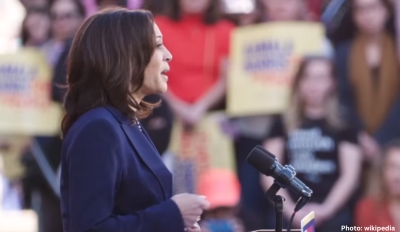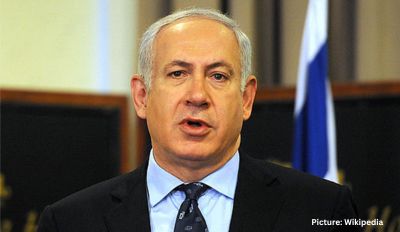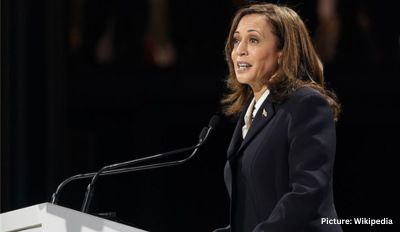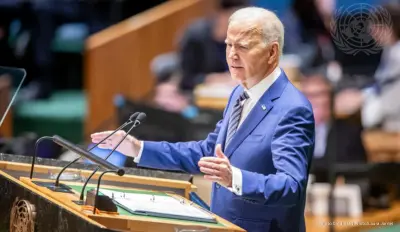Queen Elizabeth II, who served as the beloved face of the United Kingdom and source of strength for seven decades, died on Thursday, Sep. 8th, 2022 at Balmoral Castle in Scotland at the age of 96, Buckingham Palace announced. The Queen’s oldest son Charles has now become King Charles III.
“The Queen died peacefully at Balmoral this afternoon. The King and The Queen Consort will remain at Balmoral this evening and will return to London tomorrow,” the royal family said in a statement posted on its official Twitter account, referring to Charles as the new King for the first time. The King said in a statement that the Queen’s death was “a moment of the greatest sadness for me and all members of my family.”
The Queen was last seen in public on Tuesday, two days before passing away, when she formally appointed Liz Truss as the UK’s new prime minister. A photograph from the audience showed the monarch smiling, standing in the drawing room in Balmoral, carrying a walking stick. Truss is the 15th — and the last — British Prime Minister to be appointed by Elizabeth.
There have been concerns over the Queen’s health ever since a brief hospital stay last October. She has experienced episodic mobility issues, which have at times caused her to withdraw from official engagements.
The royal was preceded in death by her husband, Prince Philip, who spent more than seven decades supporting the queen. The Duke of Edinburgh, Britain’s longest-serving consort, died in April 2021 at age 99. Elizabeth and Philip were married for more than 70 years and had four children: Prince Charles, Princess Anne, Prince Andrew and Prince Edward.
Queen Elizabeth is succeeded immediately by her eldest son, Prince Charles, 73, who has now become the monarch. Charles’ firstborn son, Prince William, 40, is now next in line to the world’s most famous throne, followed by his firstborn son, Prince George, 9.
From the small, curly-haired girl known to her family as “Lilibet” to the gracious, bespectacled great-grandmother who favored broad-brimmed hats, deliberate bright fashion and sensible shoes, the queen was always a favorite with her subjects both at home and in her many visits to Commonwealth nations around the world.
Born April 21, 1926, at her maternal grandfather’s London home and named Elizabeth Alexandra Mary, the future queen was educated privately at home, along with her younger sister, Margaret Rose. Even as a child, she was considered sensible and well-behaved.
In a broadcast to the British Commonwealth on her 21st birthday, she pledged, “I declare before you all that my whole life, whether it be long or short, shall be devoted to your service and the service of our great imperial family to which we all belong.”
When her uncle, Edward VIII, abdicated in 1936 to marry American divorcee Wallis Simpson, Elizabeth’s father became King George VI, and she was next in line for the throne. Elizabeth was on a trip with her husband to Kenya when she received word of her father’s death on Feb. 6, 1952, at age 56. The cause of death was cancer.
On their immediate return to London, Elizabeth, now the queen regnant, and Philip moved into Buckingham Palace, which was to remain her main residence for the rest of her life.
When Queen Elizabeth came to the throne in 1952, some Britons were so thrilled by the young queen they declared it was a second “Elizabethan Age.” Following her coronation at Westminster Abbey, she became known for trying to modernize the monarchy and make more personal contact with her subjects — from garden parties to inviting 100 couples from around Britain who shared her wedding date to join the festivities at her 25th anniversary.
Elizabeth II would come to embody not only the British monarchy but a tradition of doing one’s duty and maintaining a stiff upper lip. If she appeared smiling and cheerful in public, the queen also encountered her share of adversity — from wars to the divorces of three of her four children; the 1997 death of her glamorous daughter-in-law, Princess Diana; and the 1992 fire that severely damaged Windsor Castle, one of her official residences. The constant throughout her life appeared to be a sense of duty and self-discipline.
Queen Elizabeth, the longest-lived British monarch, reigned through 14 American presidents, and just as many British prime ministers, proving herself a savvy stateswoman and a constant leader on the world stage.
“I cannot lead you into battle,” the Queen, summing up her role in a 1957 Christmas broadcast, once told her subjects. “I do not give you laws or administer justice, but I can do something else: I can give my heart and my devotion to these old islands and to all the peoples of our brotherhood of nations.”
The queen, who traveled on more than 271 state visits during her reign, was sometimes the only female on the stage with world leaders, and she always stayed mum on her personal political opinions, proving her mastery of “soft diplomacy.”
As recently as 2021, she met with world leaders at a Group of 7 summit meeting in Cornwall in June, and hosted President Biden and the first lady, Jill Biden, at Windsor Castle afterward.
In addition to being sovereign of the United Kingdom and 15 Commonwealth realms, she was also the head of the Commonwealth, a voluntary association of 54 independent countries, that includes India.











